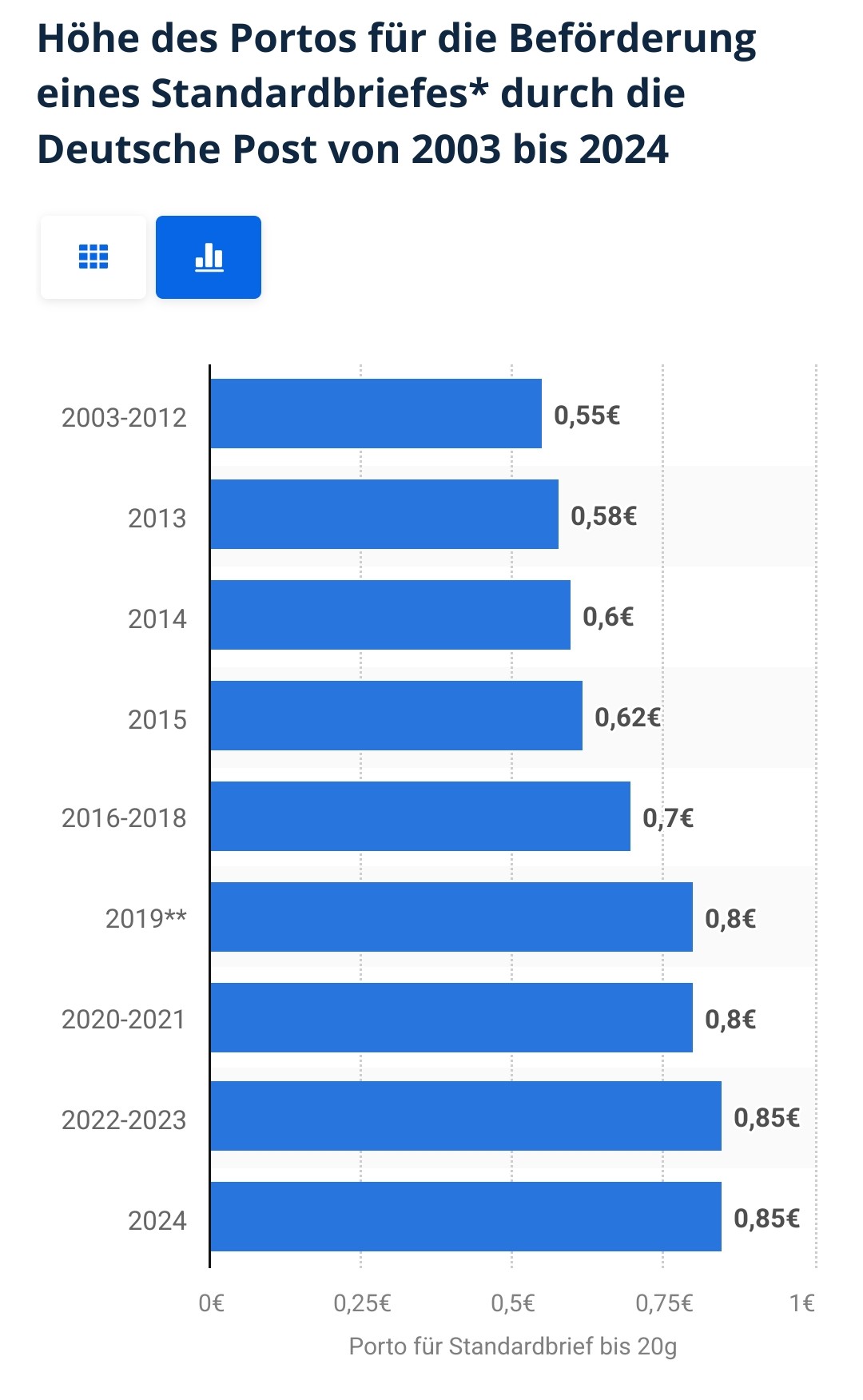

Sometimes it’s documented but often I’d say it’s a selling technique that works for any big infrastructure project. You give a rather low first cost projection, governments decide let’s do this and after a while you correct the price up. First, people say: well that is to be expected the project shouldn’t fail because of a little price hike. Then the price gets corrected again and then the sunken cost fallacy kicks in. now we are to deep in and we have to pull through. And so on. And you probably can’t get price guarantees for such big projects cause no one would make a bid. It’s a very flawed system. I’d like to know how often solar or windpark projects get price adjusted?














Well if we had no alternative I would agree with you and I would be okay if we had to subsidize nuclear (which isn’t emissions free due to the mining and refining of uranium bye the way). But if a country like France, which has a pretty high rate of acceptance regarding nuclear, can’t get it to work, who will? Apart from maybe authoritarian countries. Just think about the amount of plants we have to build to create a significant impact, if hardly any plant has been built in a relative short timeframe. I’d say put money in research yeah but focus on renewable, network, storage and efficiency optimization for now.